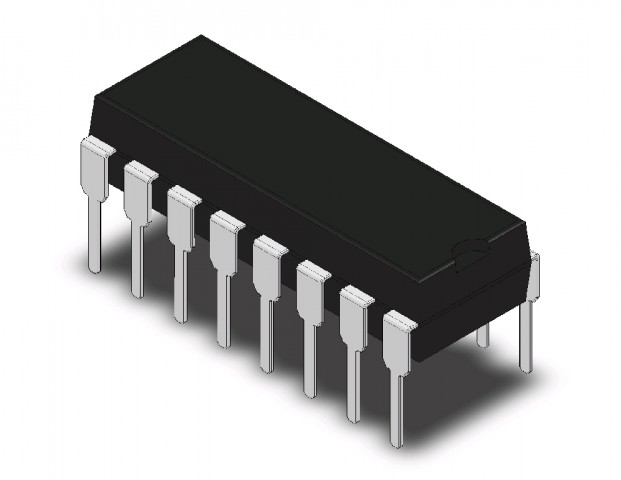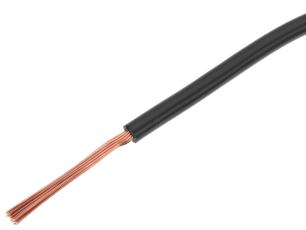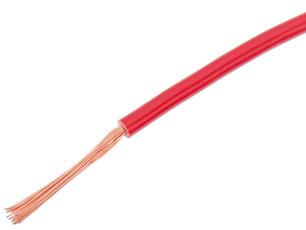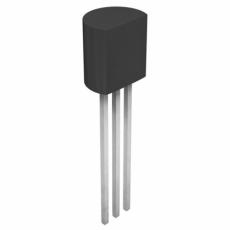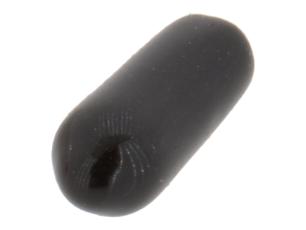Product description
Shift Registers such as the 74HC595 (Serial-In, Parallel-Out) and 74HC165 (Parallel-In, Serial-Out) are used to expand the number of I/O ports in microcontroller systems. They are commonly applied when the number of available pins on a microcontroller is insufficient. Below is a technical overview of their applications and how they operate:
74HC165 – Parallel In, Serial Out - Application: Reading multiple digital inputs using few microcontroller pins. The 74HC165 reads 8 bits in parallel from digital sources and outputs them serially.
Typical use cases:
- Reading keypads (e.g., 4x4 matrices)
- Collecting status data from multiple digital sensors
- Expanding digital inputs in microcontroller applications
Advantages:
- Requires only 3 microcontroller pins: Data (QH), Clock (CLK), and Latch (PL)
- Can also be cascaded for additional input capacity
Operating principle: When PL (Parallel Load) is low, the 8 bits are latched from inputs D0–D7. These bits are then shifted out via QH using clock pulses on CLK.
74HC595 – Serial In, Parallel Out - Application: Expanding the number of digital outputs. The 74HC595 receives data serially (bit by bit) and presents it in parallel on 8 output pins.
Typical use cases:
- Driving LED matrices
- Controlling 7-segment displays
- Operating relays or other digital loads when output pins are limited
- Implementing digital port expanders
Advantages:
- Requires only 3 microcontroller pins: Data (SER), Clock (SRCLK), and Latch (RCLK)
- Can be cascaded to increase the number of outputs (8, 16, 24 bits, etc.)
Operating principle: Transmit 8 bits serially via the SER input, synchronized with SRCLK. Once all bits are loaded, trigger RCLK (latch) to update the outputs Q0–Q7.

